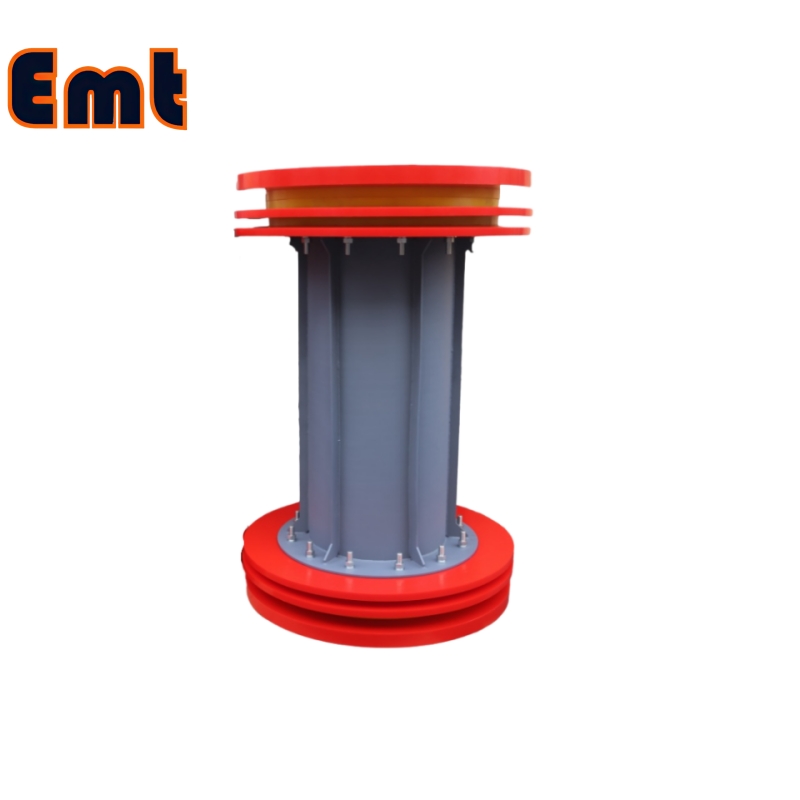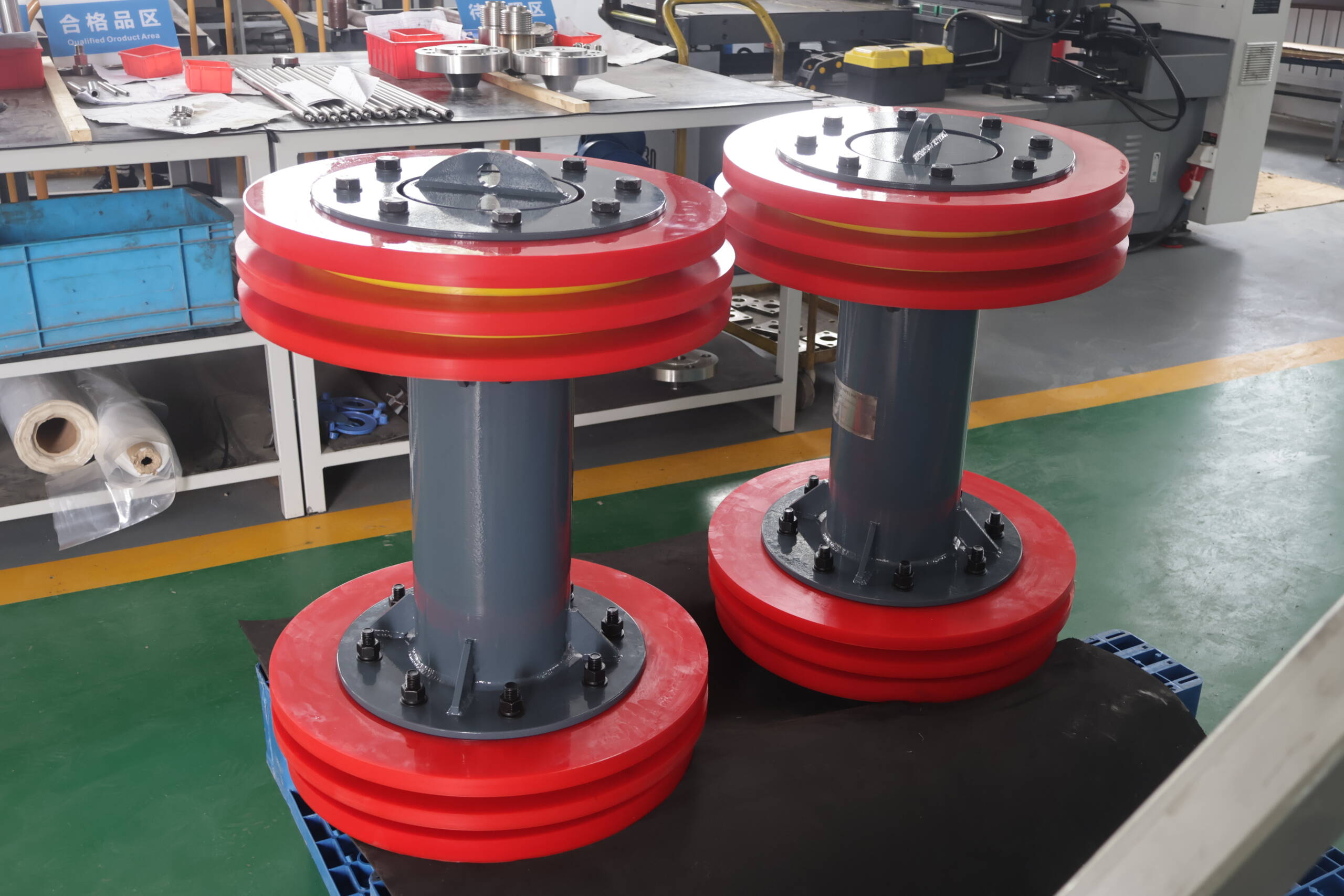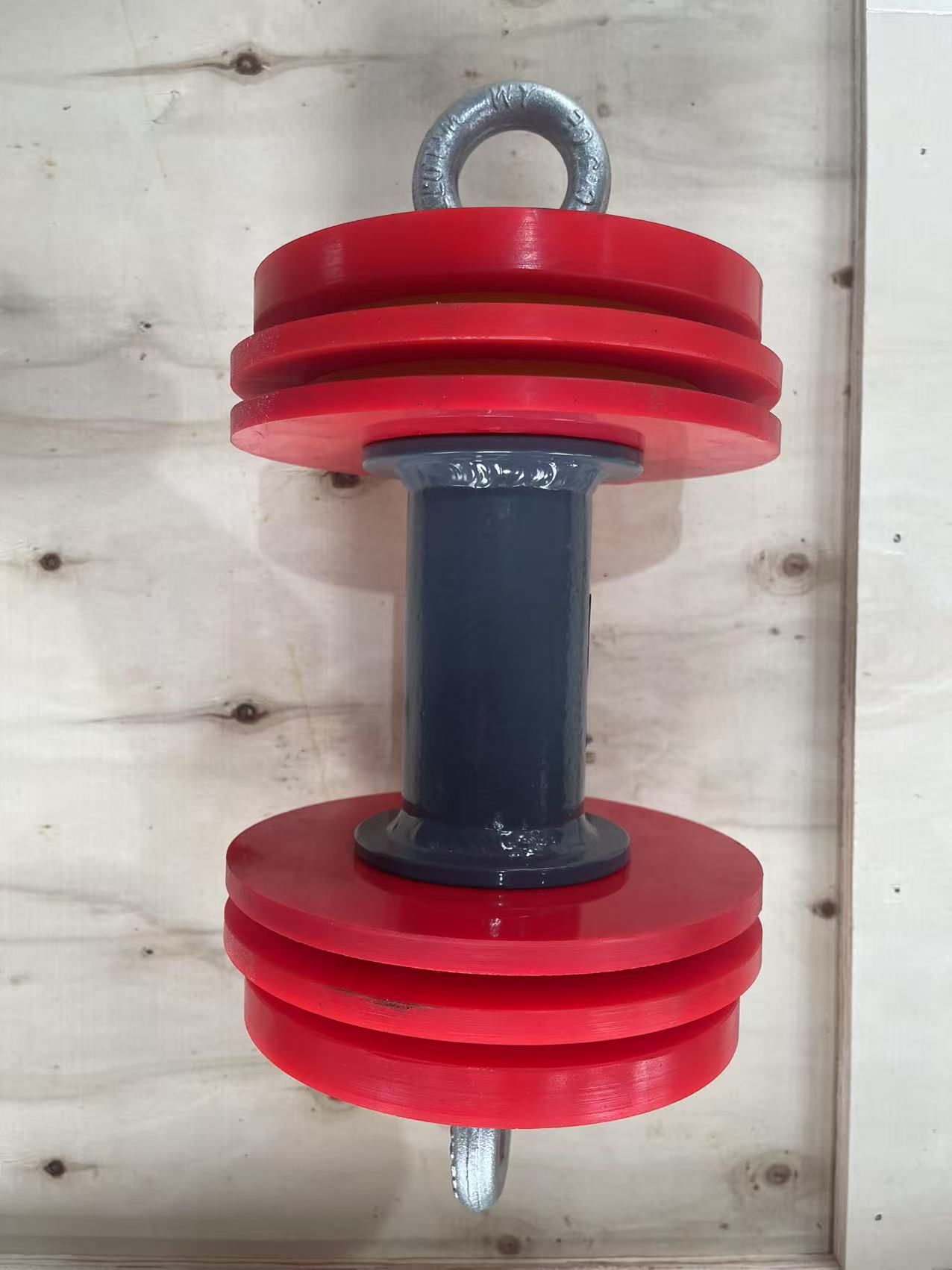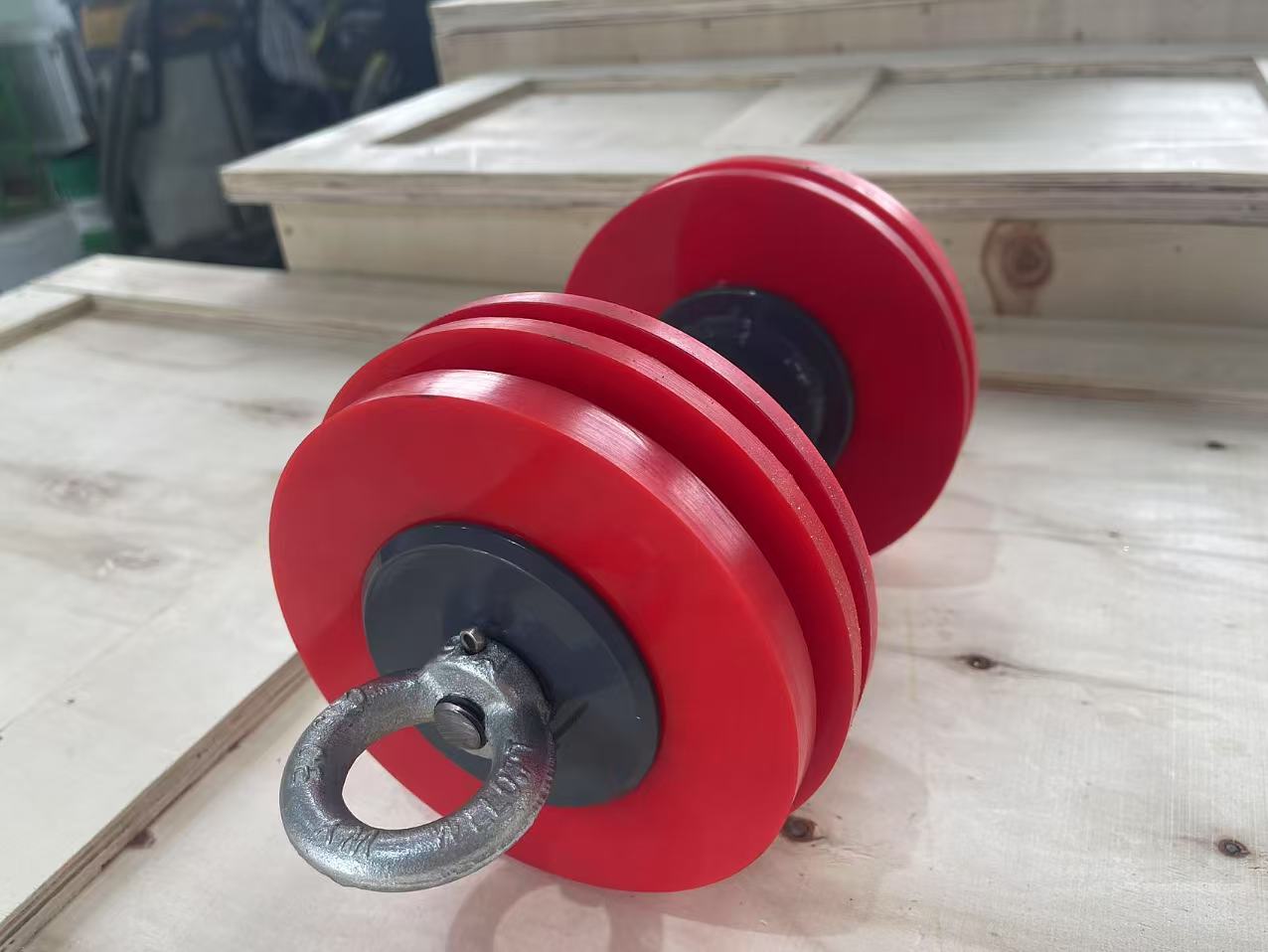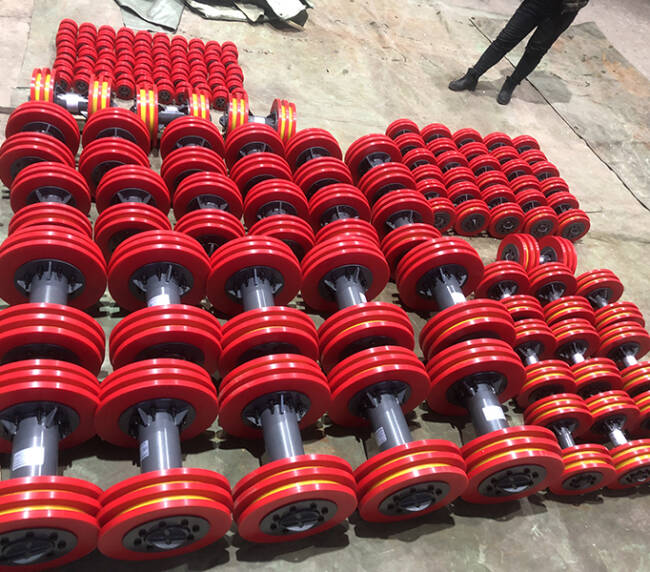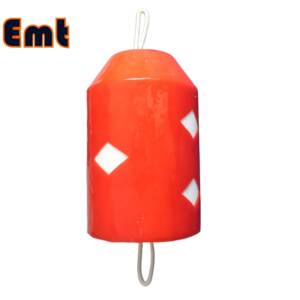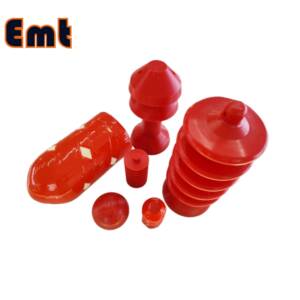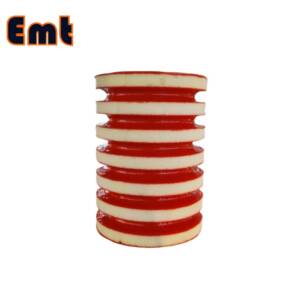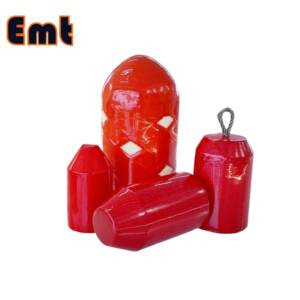Description
Overview of Disc Cleaning Pigs
Disc cleaning pigs are specialized devices used for maintaining and cleaning pipelines across various industries. Commonly referred to as “pigs,” these tools are equipped with a disc. This disc supports their movement through the pipeline. It also helps remove debris and deposits. The disc is crafted from a durable and flexible material. This allows it to adapt to different pipe diameters. It can also navigate bends, ensuring an effective and thorough cleaning. These pigs are crucial for enhancing pipeline efficiency, minimizing the risk of blockages, and reducing corrosion potential.
The Importance of Pipeline Maintenance in Key Industries
Maintaining pipelines is crucial in sectors that depend on the continuous flow of liquids or gases, such as the oil and gas, chemical processing, and food and beverage industries. These pipelines function similarly to an industry’s veins, facilitating the efficient transport of raw materials, intermediates, and finished products. Over time, unwanted accumulations like sludge and rust can form on the inner walls of these pipes, which can lead to operational inefficiencies and pose significant safety risks. Regular maintenance and cleaning are essential to maintaining smooth operations, enhancing productivity, and ensuring the safety of these critical industries.
The Role and Functionality of Disc Cleaning Pigs
Disc cleaning pigs serve as essential tools in the maintenance and cleaning of pipelines, performing several critical functions that enhance pipeline operations. Primarily, the discs on these pigs act as the main cleaning agents. They effectively scrape off debris, such as scale, rust, and other accumulations, from the inner walls of the pipeline. This cleaning action is crucial for maintaining a clear passage and preventing blockages that can disrupt the flow and efficiency of the pipeline system.
In addition to their cleaning capabilities, the discs also fulfill a vital role in maintaining the quality and integrity of the products being transported. They act as seals within the pipeline, creating a physical barrier between different sections of fluids. This is particularly important in pipelines that transport multiple types of fluids sequentially. By forming this barrier, the discs prevent cross-contamination between different batches of product, ensuring that the purity and specifications of each fluid are maintained.
Moreover, the flexibility and durability of the material are crucial. These properties allow the discs to adapt to various pipeline configurations. This adaptability is key to their functionality. It enables the discs to maintain contact with the pipe walls. This contact is maintained even through bends and diameter changes. Thus, it ensures a consistent and comprehensive cleaning.
The dual functionality of the discs—as both cleaners and protectors—makes them indispensable in the pigging process. They not only ensure operational efficiency by keeping the pipelines clear of obstructions but also safeguard product integrity by preventing contamination. This dual role highlights the importance of disc cleaning pigs in the ongoing maintenance and reliability of pipeline systems across various industries.
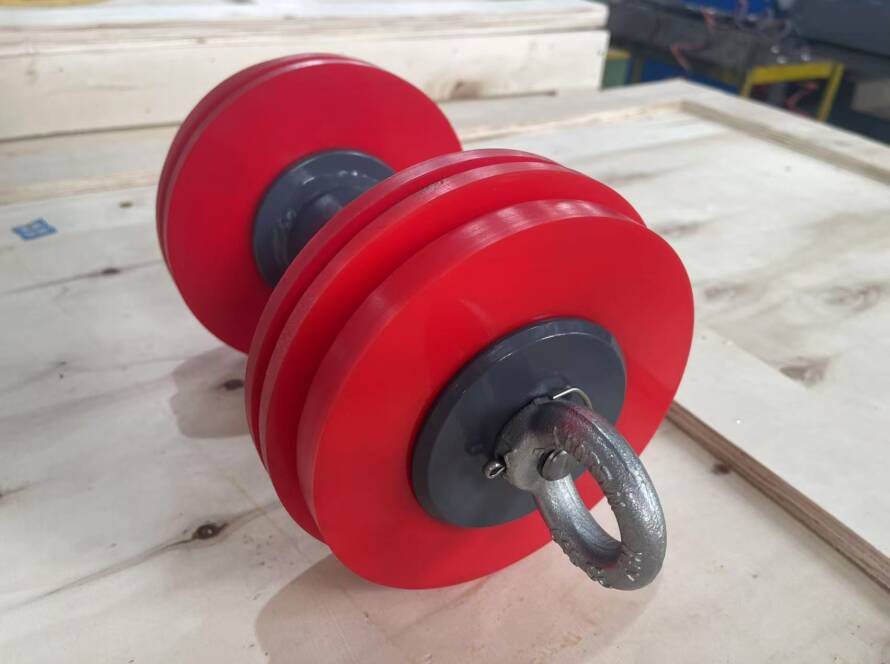
Parameters
| Name | Oil Pipe Pig |
| Material | 1. steel framework main body. |
| 2. The disc material are available for Polyurethane, Viton, Neoprene, Nitrile butadiene etc. | |
| 3. The cup material are available for Polyurethane, Viton, Neoprene, Nitrile butadiene etc. | |
| 4. Steel brush or nylon brush. | |
| Features | 1. Firstly, good wearing resistance. |
| 2. Secondly, strong passing ability. | |
| 3. Nice cleaning performance. | |
| 4. Then accurate location and tracking. | |
| 5. At last, a low rate of false positives. | |
| Packing way | packed pipe cleaning pigs with inner plastic film and outer plywood wooden case. |
| Payment | TT/LC |
| Advantages | 1. Firstly, good sealing performance. |
| 2. Secondly, high wear resistance. |
Material Choices for Discs: Implications for Durability and Flexibility
The selection of materials for cleaning pig discs is crucial to their design, significantly impacting their durability, flexibility, and overall performance. Commonly used materials include polyurethane, acrylonitrile butadiene styrene (ABS), and fluororubbers, each offering unique benefits.
Polyurethane is frequently chosen for its superior wear resistance, flexibility, and capacity to endure a broad spectrum of temperatures and harsh chemicals. Its elasticity is particularly beneficial for removing tough debris without significant wear.
In contrast, ABS is a robust, impact-resistant plastic that also exhibits good chemical resistance. Although it lacks the flexibility of polyurethane, ABS is well-suited for pipelines with fewer bends and minimal wear concerns.
Fluororubbers are distinguished by their exceptional resistance to high temperatures and a variety of corrosive chemicals, making them ideal for use in extreme conditions where other materials might fail. However, this resistance comes at a higher cost.
Ultimately, selecting the material for disc cleaning pigs involves a careful consideration of the specific requirements of the pipeline system, the type of debris encountered, and the environmental conditions, with a focus on achieving the best balance between durability and flexibility.
Accessory
| Electronic Transmitter | |
| Continuous working time | 20~150 hours (long standby 360 hours) |
| Allowable medium temperature | -20~+65℃ |
| Medium pressure | 2.5~10MPA |
| Impact resistance | 7g |
| Power supply voltage | DC3-15V(high energy lithium-ion battery or dry battery, non-rechargeable) |
| Electronic Receiver | |
| Continuous working time | 100 hours |
| Receiving distance (air) | ≧18m (long distance 60m) |
| Effective detection distance | ≧5m (long distance 20 meters) |
| Positioning accuracy | ≦0.3m |
| Power supply voltage | DC6V(5# dry battery 4) |
| Electronic Passage Indicator | |
| Continuous working time | 100 hours |
| Receiving distance (air) | ≧15m |
| Effective detection distance | ≧5m |
| Positioning accuracy | ≦0.1m |
| Power supply voltage | DC6V(5# dry battery 4) |
| Pipeline Passage Indicator | |
| Continuous working time | 100 hours |
| Receiving distance (air) | ≧15m |
| Effective detection distance | ≧5m |
| Positioning accuracy | ≦0.3m |
| Power supply voltage | DC6V(5# dry battery 4) |


